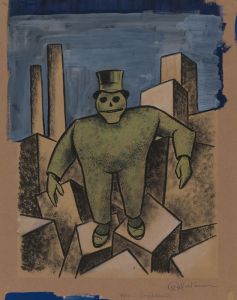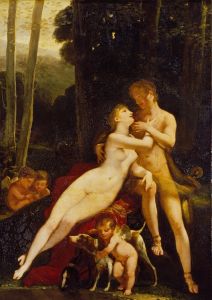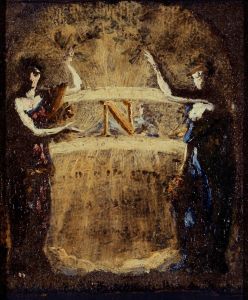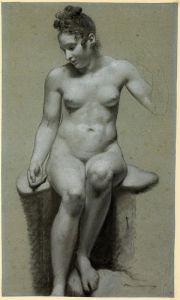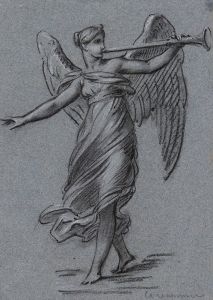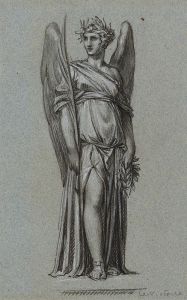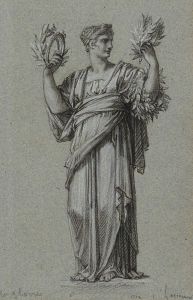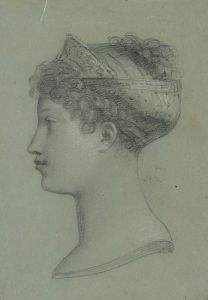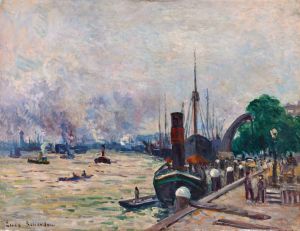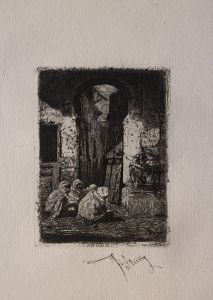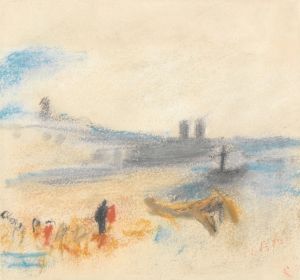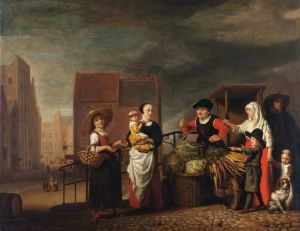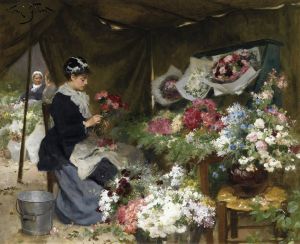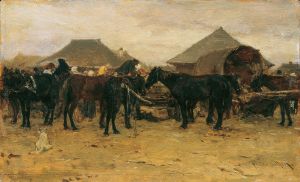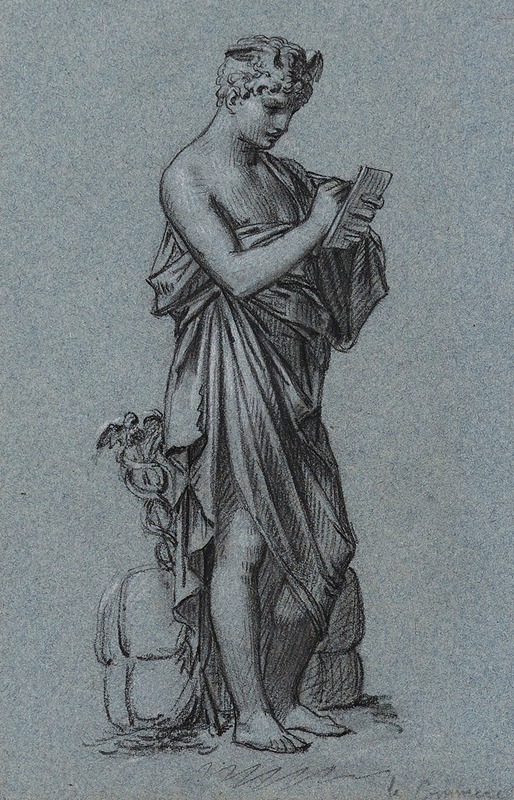
Le Commerce
A hand-painted replica of Pierre-Paul Prud'hon’s masterpiece Le Commerce, meticulously crafted by professional artists to capture the true essence of the original. Each piece is created with museum-quality canvas and rare mineral pigments, carefully painted by experienced artists with delicate brushstrokes and rich, layered colors to perfectly recreate the texture of the original artwork. Unlike machine-printed reproductions, this hand-painted version brings the painting to life, infused with the artist’s emotions and skill in every stroke. Whether for personal collection or home decoration, it instantly elevates the artistic atmosphere of any space.
Pierre-Paul Prud'hon, a French Romantic painter, is best known for his allegorical and portrait works that blend neoclassical precision with a softer, more emotional style. One of his lesser-known works, Le Commerce, is an allegorical painting that reflects Prud'hon's ability to convey abstract concepts through graceful and harmonious compositions.
Created in the early 19th century, Le Commerce is believed to have been commissioned as part of a series of allegorical works celebrating virtues or societal ideals. The painting depicts the concept of commerce, symbolized through a central figure surrounded by motifs and elements that represent trade, exchange, and prosperity. Prud'hon's use of soft, diffused lighting and delicate contours imbues the work with a sense of serenity and balance, hallmarks of his artistic approach.
The composition of Le Commerce features a central allegorical figure, often interpreted as a personification of commerce or trade. This figure is typically adorned with classical drapery and surrounded by objects or symbols associated with economic activity, such as coins, scales, or ships. Prud'hon's attention to detail and his ability to render textures and forms with precision are evident in the intricate depiction of these elements. The background of the painting often includes architectural or natural features that further emphasize the theme of prosperity and interconnectedness.
Prud'hon's work was highly regarded during his lifetime, and his allegorical paintings were particularly valued for their ability to convey complex ideas in an accessible and visually appealing manner. Le Commerce exemplifies his skill in combining classical ideals with a Romantic sensibility, creating a work that is both intellectually engaging and aesthetically pleasing.
While Le Commerce is not as widely recognized as some of Prud'hon's other works, such as his portraits of Empress Joséphine or his allegorical painting Justice and Divine Vengeance Pursuing Crime, it remains an important example of his contribution to the tradition of allegorical art. The painting reflects the cultural and intellectual climate of early 19th-century France, a period marked by a renewed interest in classical themes and a growing emphasis on the ideals of progress and enlightenment.
Today, Le Commerce is appreciated for its artistic merit and its role in illustrating Prud'hon's unique position within the Romantic movement. His ability to bridge the gap between neoclassicism and Romanticism continues to be celebrated by art historians and enthusiasts alike.





